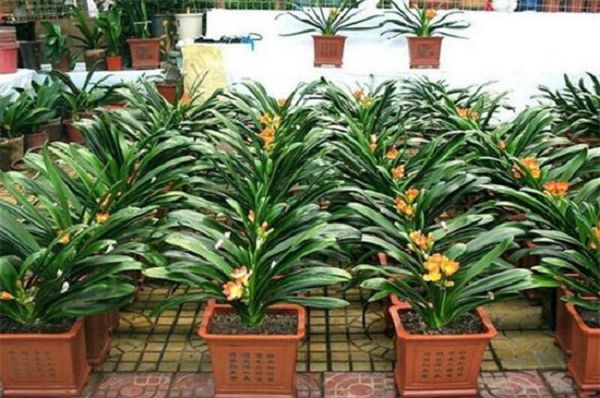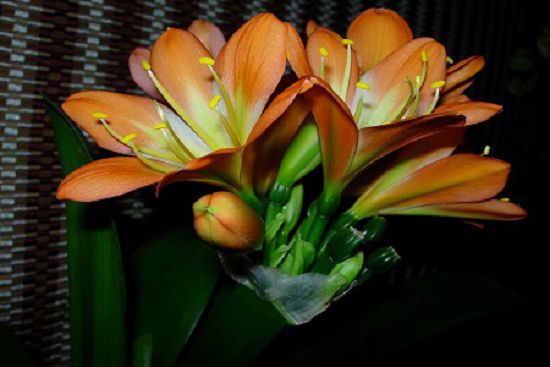What if the rotten roots of Cymbidium don't grow?
The root system of Cymbidium is rotten, which is often encountered in the process of culture. The main reason is that the soil is loose and permeable and the amount of water or fertilizer is too much.
Because the plant is small and the root system is weak, the same management method is more likely to cause root rot. If the roots of the seedlings rot, they will not be able to absorb water and nutrients from the soil, so they can only rely on their own stored nutrients to maintain weak life. After a long time, there will be yellowing of old leaves and wilting and malaise of tender leaves. If ignored, for a long time, the plants are likely to rot and wither away. It is necessary to improve the condition of the plant and restore the healthy and vigorous growth of the plant. It is necessary to clean up, disinfect and replant the rotting roots of the plant as soon as possible. The operation and handling methods are as follows.
First, clean the rotten roots, soak and disinfect. First, remove the rotten root seedlings from the original basin, clean up the rotten roots, and wash the root disk of the plant with a brush.
Second, air drying and disinfection. Then cover the leaves with a wet towel, expose the root disc to dry for 1 or 2 days, and then soak in carbendazim solution or potassium permanganate solution for an hour.
Third, plant it in the pot. Then it was replanted with loose and breathable nutritious soil. The nutritious soil must be replaced and the old soil must not be used again. Culture soil can be peat soil, vermiculite, perlite with 3:2:1 combination of three-in-one soil. It can also be planted directly in flowerpots with sterilized clean sawdust or moss wrapped in root plates. It can even be planted with clean and simple bean stone, keep the humidity of the cultured plant about 30%, do not expose to the sun, and keep the plant under weak scattered light for maintenance. It will take about 40 to 60 days for new root crystal heads to sprout from the root disk. After the seedlings grow out of the roots, they quickly absorb the water and nutrients they need, and the plants gradually cheer up and restore their robust growth.
Related
- Is the orchid suitable for indoor use? Is it good for the body?
- How to prevent the empty root of orchids?
- What to do after the crab claw orchid is withered?
- Why are the leaves of orchids always yellow? Fertilizing and watering.
- Can the root of the gentleman orchid be saved if it is rotten?
- Diagnosis and treatment of cotton-blowing beetle insects in Cymbidium
- There is a way for a gentleman's orchid to rot.
- What is the most suitable temperature and humidity for the orchid?
- How to raise a gentleman's orchid? Cultivation techniques of Cymbidium
- How to prepare the nutritive soil for the cultivation of Cymbidium



